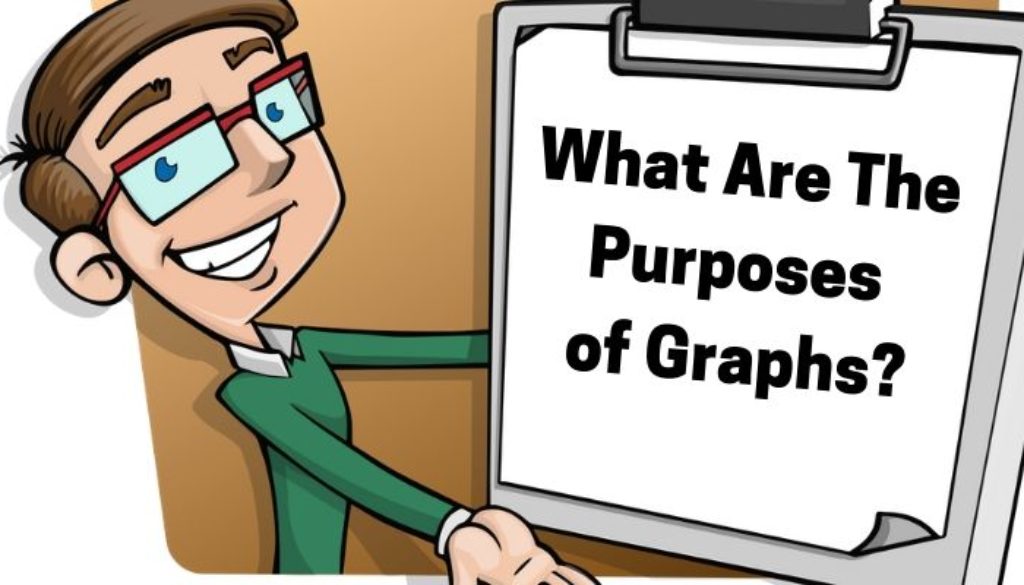Graphs serve several purposes. There are two main mindsets in building graphs. One of them seems completely ignored in traditional appraisal ‘procedures.’
The old way of appraisal is to gather 4 or 5 comparables. They are “competitive” and “similar”. We are told that if they are competitive and similar, they make ‘ok’ comps. Ok comps can then be compared. Comps should also be possible (physically), allowed (legal), and feasible (money).
In the old days, we did not have all the sales in a neighborhood. Nor all the sales of a similar property type. We just scratched until we had a handful. Then we tried to improve that information. It was good for the time. In fact, back then, it was probably the ideal way to do appraisal. Judgment was king.
Then things changed. We get data. Lots of data. Often we get all or mostly all the sales in a neighborhood, or of a property type. All the ‘ok’ comps and not-so-ok comps. We get all, or mostly all the possible, legal, and feasible properties, and their reported sale prices. Our job is easier. It also got easier for other people. . . The ‘automated’ AVM people. The financial analyst people. The ‘evaluators’. The mass assessor people. The broker (BPO) people. The new facts-only–inspector people. And even the for-people people (like Zillow). It got easier. And appraisers continue to do 4 or 5 comps. Peers do it. The regular users expect it. It must be right.
Graphs, in data science, are critical. Plots are the way computers and algorithms connect with human brains and human understanding. There are two types of humans here. Two types.
One type of human is the analyst. The one doing the thinking about the data. Turning the data into useful information. And turning the information into a probabilistic result. The “most probable price.”
The analyst uses plots to help the analyst-brain understand the data. This usually means larger quantities of data, where part of the challenge is to separate the useful data from the not-so-helpful data. (Fisher information tells us that data helps up to a point — then more data is just garbage). Plots and graphs help the analyst make this key decision. When to stop. But it is seldom just 4 or 5 comps. Seldom. Analyst visuals usually deal with more data, are uglier, and quicker.
The second human type is the decision-maker. The second type of human has a different use for plots. This is the person who must take the information and/or results of the valuer, and build on it. Often the decision-making mechanism itself is an algorithm. For example, a collateral loan valuation result will be compared against other risk/reliability inputs and algorithms and results.
This second use comes with numbers. Numbers that underlie the visual plot. (Remember graphs only represent numerical values, but do so visually). The numbers can be directly input or forwarded in a data-stream fashion to the users decision-assisting algorithms. And possibly into another sequence of visual plots. In any case, the visuals for final or interim human users will require prettier graphs. They usually deal with less data (now ‘useful information’), are more attractive to the eye, and take more care in aesthetics.
Yes William, art is important in science.
Graphs and other visuals provide the primary means of connecting the power of computation with the power of the human mind to generalize, see outliers, and adapt to new conditions. Graphs need to be built to serve their purpose. Canned software you buy or rent gives you what the developer decides. Very little competence is needed from the analyst. Yet what is needed in the future is analytical competence.
In the Valuemetrics.info curriculum, we use simple, basic statistics, seen in graphs, and told to clients. The software is free, open source. All you need to add is your new competence.
Your future is your future. Join us in the next class near you.

June 26, 2019 @ 1:23 am
George, it is sad that too many jumped on using MLS furnished or Softwear Vendor graphs; and never learned how to parse their own data and create more relevant graphs and charts.
As you taught me, the graph helps the mind understand large data sets as far as trends go. Much better than a bunch of numbers in a spreadsheet being shown to the client, or judge/jury for that matter.
June 26, 2019 @ 11:45 am
George, Your classes have helped me to grow as a valuation expert. I need to keep taking your courses to keep up with new ways to measure trends.
July 18, 2019 @ 12:56 pm
Well said . . . graphics are also king in the courtroom.